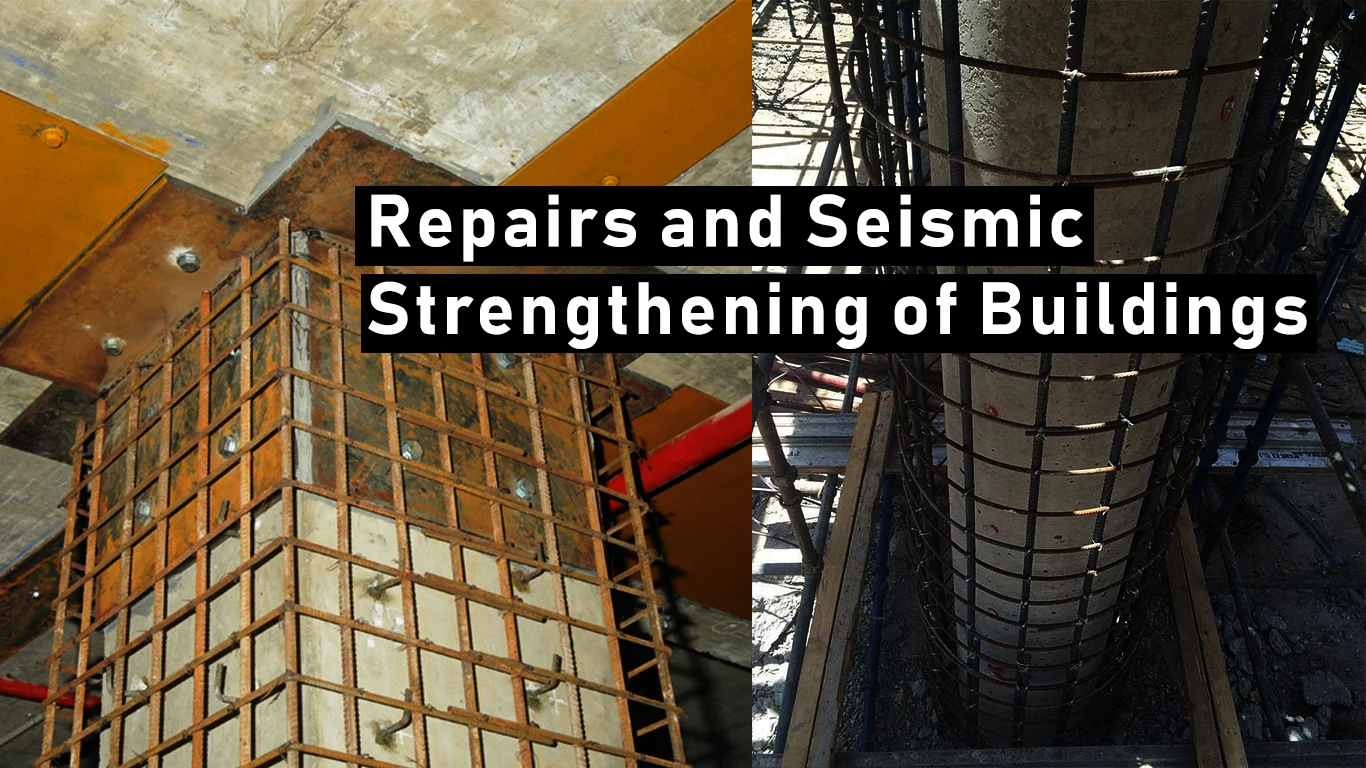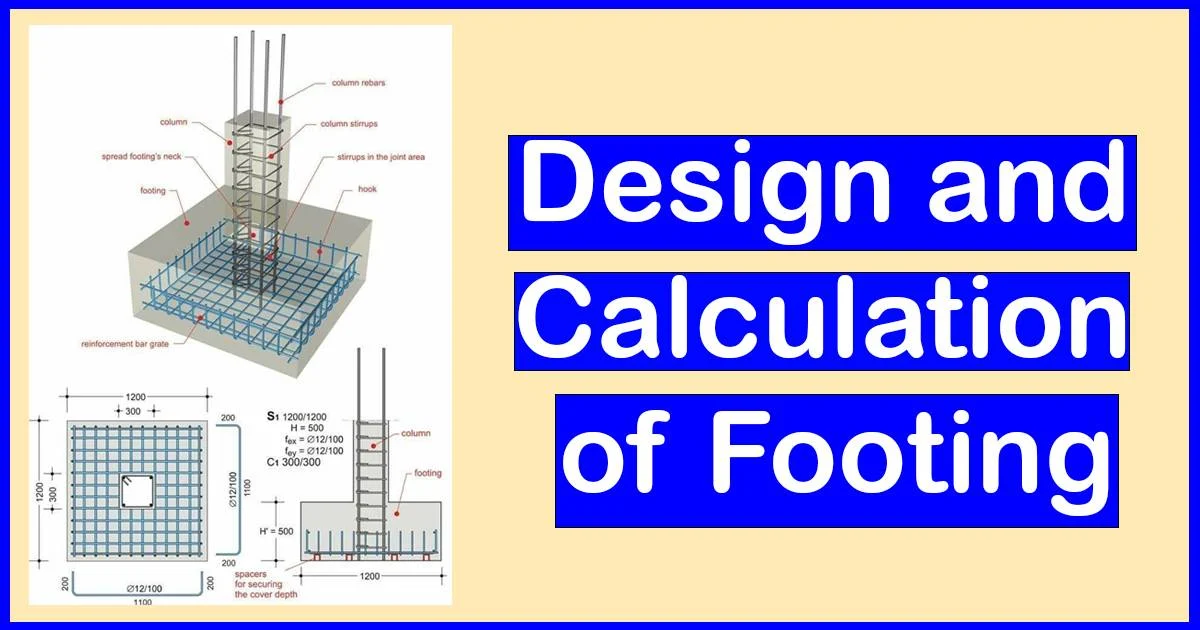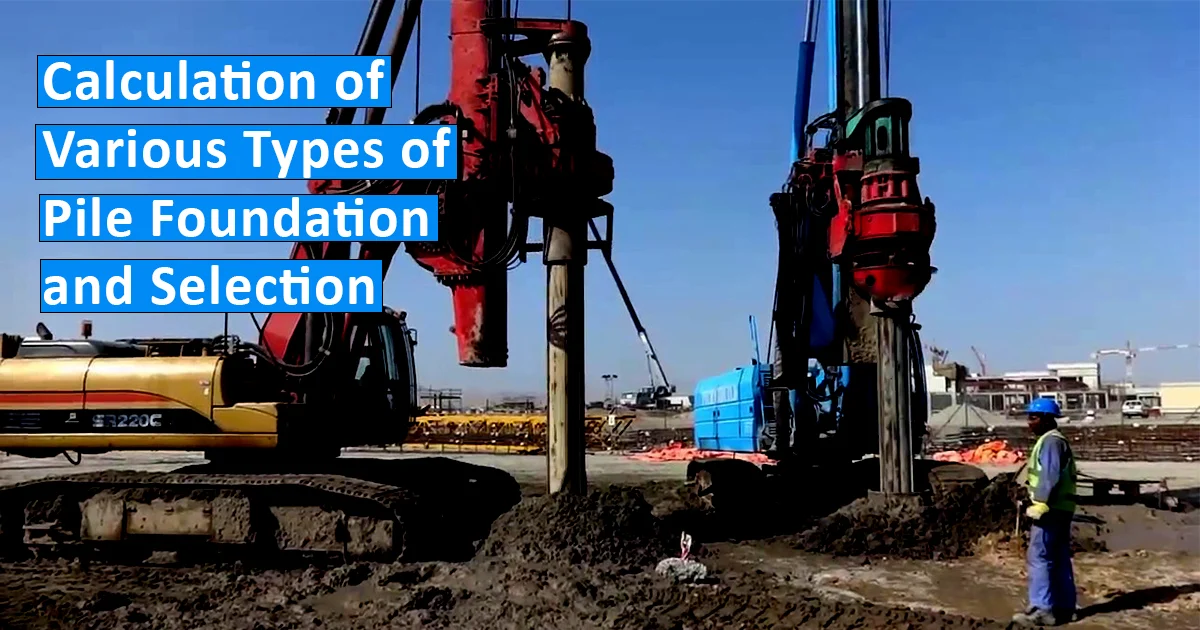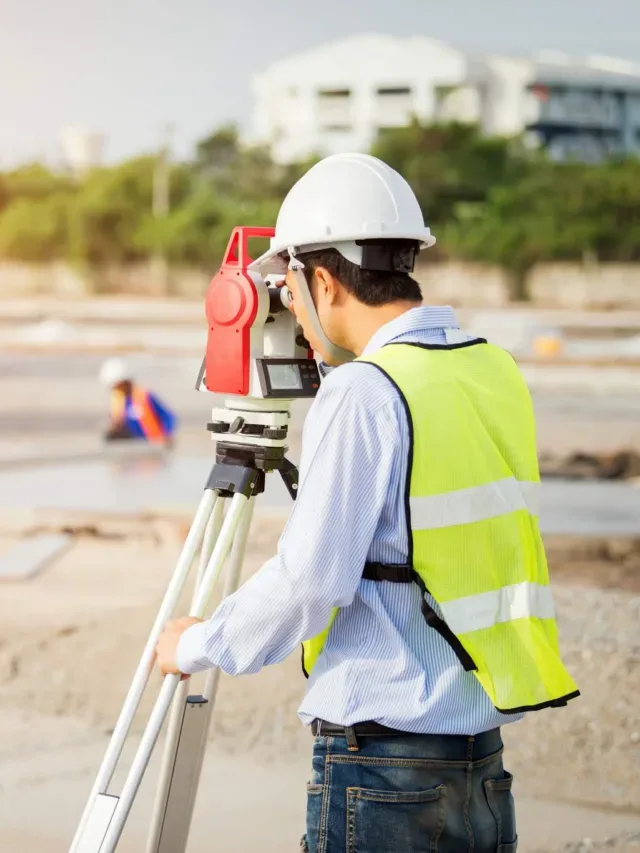Repairs and Seismic Strengthening of Buildings

Repairs and Seismic Strengthening of Buildings
General Principles and Concepts
Non-structural/Architectural Repairs
The buildings affected by the earthquake may suffer both non-structural and structural damages. Non-structural repairs may cover the damages to civil and electrical items, including the services in the building.
Repairs to non-structural components need to be taken up after the structural repairs and retrofitting work are carried out. Care should be taken about the connection details of architectural components to the main structural components to ensure their stability.
Non-structural and architectural components get easily affected/ dislocated during the earthquake.
These repairs involve one or more of the following:
a) Patching up of defects such as cracks and fall of plaster;
b) Repairing doors, windows, replacement of glass panes;
c) Checking and repairing electric conduits/wiring;
d) Checking and repairing gas pipes, water pipes and plumbing services;
e) Rebuilding non-structural walls, smoke chimneys, parapet walls, etc;
f) Replastering of walls, as required;
g) Rearranging disturbed roofing tiles;
h) Relaying cracked flooring at ground level; and
j) Redecoration – whitewashing, painting, etc.
The architectural repairs as stated above do not restore the original structural strength of structural components in the building and any attempt to carry out only repairs to architectural/non-structural elements, neglecting the required structural repairs, may have serious implications on the safety of the building. The damage would be more severe in the event of the building being shaken by a similar shock because original energy absorption capacity of the building would have been reduced.
Structural Repairs/Restoration
Prior to taking up of the structural repairs for restoration of original strength and any strengthening measures, it is necessary to conduct detailed damage assessment to determine,
a) the structural condition of the building to decide whether a structure is amenable for repair; whether continued occupation is permitted; to decide the structure as a whole or a part require demolition, if considered dangerous;
b) if the structure is considered amenable for repair then detailed damage assessment of the individual structural components (mapping of the crack pattern, distress location; crushed concrete, reinforcement bending/yielding,etc). Non-destructive testing techniques could be employed to determine the residual strength of the members; and
c) to work out the details of temporary supporting arrangement of the distressed members so that they do not undergo further distress due to gravity loads.
After the assessment of the damage of individual structural elements, appropriate repair methods are to be carried out component-wise depending on the extent of damage. The restoration work may consist of the following:
a) Removal of portions of cracked masonry walls and piers and rebuilding them in richer mortar.Use of non-shrinking mortar will be preferable.
b) Addition of reinforcing mesh on both faces of the cracked wall, holding it to the wall through spikes or bolts and then covering it,suitably, with cement mortar or micro-concrete (maximum size of aggregate limited to 6 mm or less as suitable), and may be with use of micro-reinforcement as fibre or ferro cement.
c) Injecting cement, polymer-cement mixture or epoxy materials, which are strong in tension, into the cracks in walls.
d) The cracked reinforced concrete elements may be repaired by epoxy grouting and could be strengthened by epoxy or polymer mortar application like shotcreting, jacketing, etc.
NOTE — In mortar for masonry or plaster, fibres can be used.
Seismic Strengthening
The main purpose of the seismic strengthening is to upgrade the seismic resistance of a damaged building while repairing so that it becomes safer under future earthquake occurrences. This work may involve some of the following actions:
a) Increasing the lateral strength in one or both directions by increasing column and wall areas or the number of walls and columns.
b) Giving unity to the structure, by providing a proper connection between its resisting elements, in such a way that inertia forces generated by the vibration of the building can be transmitted to the members that have the ability to resist them. Typical important aspects are the connections between roofs or floors and walls, between intersecting walls and between walls and foundations.
c) Eliminating features that are sources of weakness or that produce concentration of stresses in some members. Asymmetrical plan distribution of resisting members, abrupt changes of stiffness from one floor to the other, concentration of large masses and large openings in walls without a proper peripheral reinforcement are examples of defects of this kind.
d) Avoiding the possibility of brittle modes of failure by proper reinforcement and connection of resisting members.
Seismic Retrofitting
Many existing buildings do not meet the seismic strength requirements of present earthquake codes due to original structural inadequacies and material degradation due to time or alterations carried out during use over the years. Their earthquake resistance can be upgraded to the level of the present day codes by appropriate seismic retrofitting techniques.
Strengthening or Retrofititng Versus Reconstruction
Replacement of damaged buildings or existing unsafe buildings by reconstruction is, generally, avoided due to a number of reasons, the main ones among them being,
a) higher cost than that of strengthening or retrofitting;
b) preservation of historical architecture; and
c) maintaining functional social and cultural environment.
In most instances, however, the relative cost of retrofitting to reconstruction cost determines the decision. As a thumb rule, if the cost of repair and seismic strengthening is less than about 50 percent of the reconstruction cost, the retrofitting is adopted. This may also require less working time and much less dislocation in the living style of the population. On the other hand reconstruction may offer the possibility of modernization of the habitat and may be preferred by well-to-do communities.
Cost wise the building construction including the seismic code provisions in the first instance, works out to be the cheaper in terms of its own safety and that of the occupants. Retrofitting an existing inadequate building may involve as much as 4 to 5 times the initial extra expenditure required on seismic resisting features. Repair and seismic strengthening of a damaged building may even be 5 to 10 times as expensive. It is, therefore, very much safe as well as cost-effective to construct earthquake resistant buildings at the initial stage itself according to the relevant seismic IS codes.









